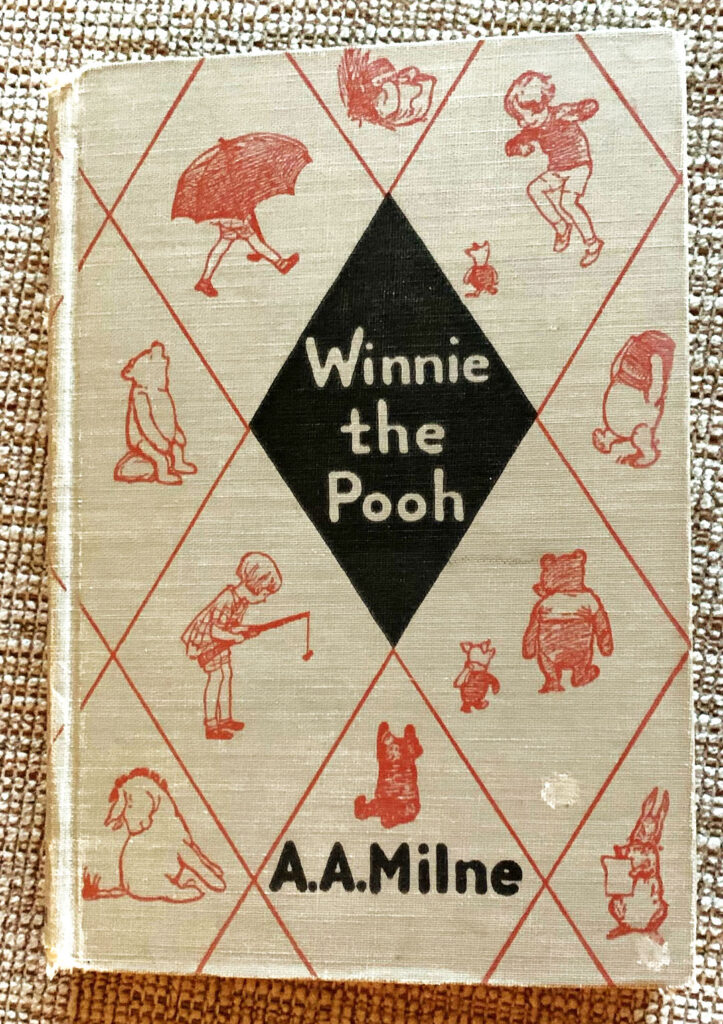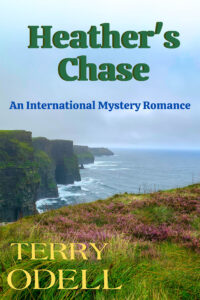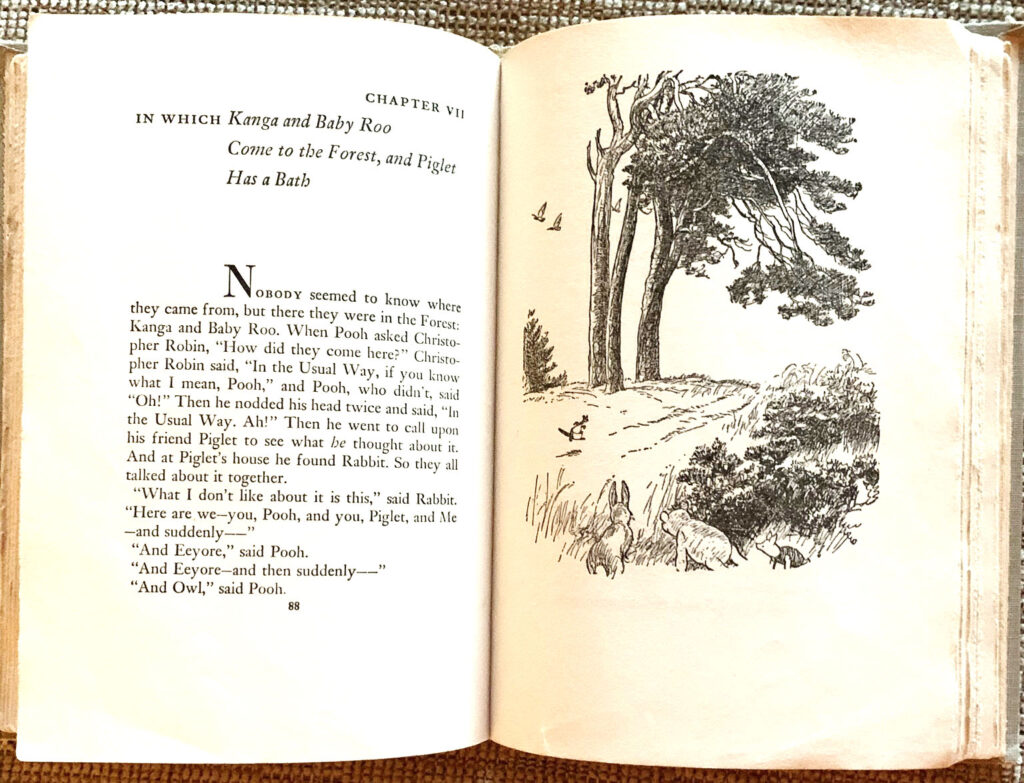What Winnie the Pooh Taught Me About Writing
Terry Odell
First, on this Veterans Day, a thank you to all who have served.
 When I was a child, my dad would read Winnie the Pooh (the REAL one, not the Disney version) to me and my brother. I loved his voices (Years later, when an old movie was playing on the television, I heard Eeyore’s voice. I ran out to look and it was a W.C. Fields movie. I didn’t know my dad had been doing “real” voices when he read—but I digress.)
When I was a child, my dad would read Winnie the Pooh (the REAL one, not the Disney version) to me and my brother. I loved his voices (Years later, when an old movie was playing on the television, I heard Eeyore’s voice. I ran out to look and it was a W.C. Fields movie. I didn’t know my dad had been doing “real” voices when he read—but I digress.)
Another thing I remember from my dad’s reading was the way he began each chapter in a Very Important Voice. And the way each chapter was titled, “In Which…” followed by a few words telling us what the chapter was about.
(Kind of like “circles and arrows and a paragraph on the back of each one…” but I digress again.)
Although I certainly don’t title my chapters, the “In Which” approach helps make sure I’m putting something on the page that belongs there.
Too often, it’s easy to get carried away with description, or dumping in some back story, or including that “wonderful” scene that came to you when you overheard a conversation at the coffee shop, or salon, or when you were people watching and saw someone who just had to be in the book. So you write it, and it’s wonderful, and you’ve captured the moments perfectly. But is it moving the story. Is it something worthy of including in your “in which” summary of the scene.
Because you should be summarizing the scenes, either before or after you write them. And there need to be plot points (which is the official writerly term for “in which”). You’ll notice I used the plural. A scene had better be carrying more than one. While there’s no rule, and no exact number, I’d recommend shooting for three. Scene length, of course, can cause variations, but whatever happens in that scene needs to relate to the story.
Which brings me to kinds of scenes. Here’s a quick summary, gleaned from a RWA workshop, although most will carry over to any genre.
- Prologue – not required. In fact, unless there’s a huge time gap between this and the opening, it should probably be Chapter One. There’s also a difference of opinion as to whether agents want to see prologues when you’re submitting.
- Opening – should draw the reader in.
- Set-up — foreshadows something to come
- Validation – shows the character at work
- Conflict
- Push – moves characters apart
- Pull – moves characters closer together
- Reaction – also referred to as “sequel” (or shower scene, where the character would reflect on what just happened). These can slow the pace, so they’re falling out of favor. If you need one, make sure it’s important, and don’t linger too long.
- Flashback – use sparingly – they’re often found in reaction scenes
- Flash forward—rarely used in romance; author intrusion. Tends to be omniscient POV, which can intrude as well.
- Reversal/Black moment – everything goes wrong
- Climax – characters must make choices
- Conclusions – wrap up those dangling threads
- Epilogue – not required. Common in romance (although I’m not fond of them, personally)
Do you ever find scenes in books you’re reading, even very well-written scenes, that leave you wondering what they’re doing there? Have you found them while writing your own books?
 My new Mystery Romance, Heather’s Chase, is available at most e-book channels. and and in print from Amazon.
My new Mystery Romance, Heather’s Chase, is available at most e-book channels. and and in print from Amazon.
Terry Odell is an award-winning author of Mystery and Romantic Suspense, although she prefers to think of them all as “Mysteries with Relationships.” Follow her on Facebook and Twitter.

